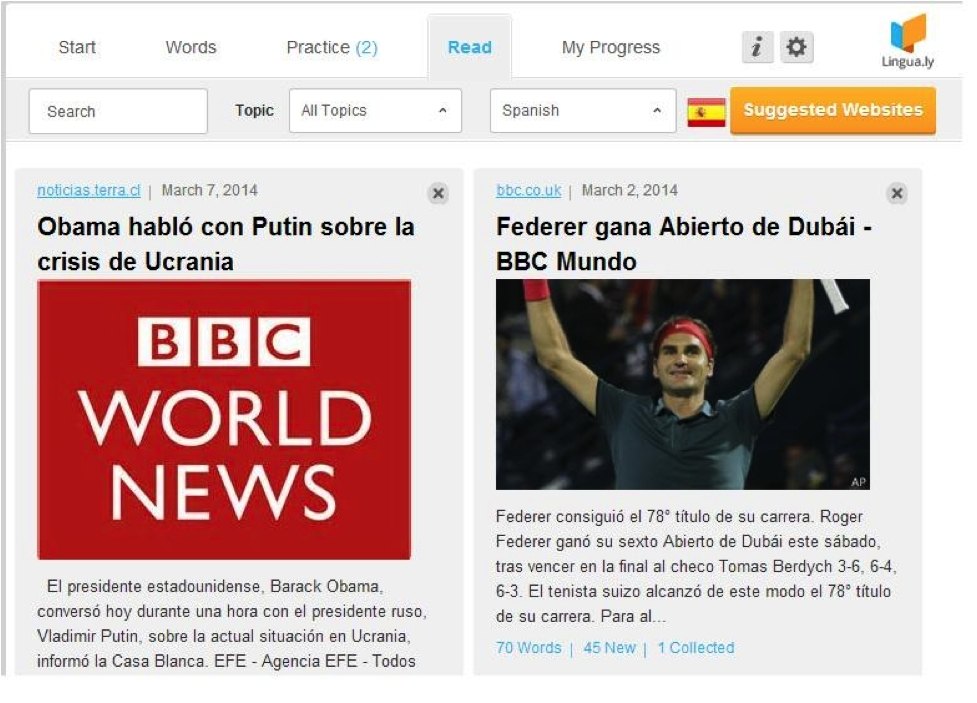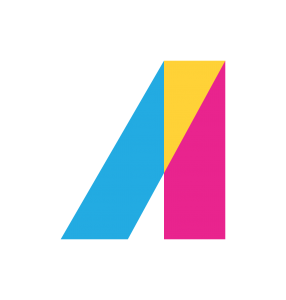4 Blended-Learning Tools Every Language Learner Should Try: Lingua.ly, Quizlet, Memrise, Duolingo
The Problem
Educators want what’s best for their learners and second and foreign language teachers are no exception. In today’s eLearning world, best often means bringing digital tools into the curriculum to pull off blended-learning stardom via iPads and text book tablets. But unless your average teacher is a part-time coder and tech wiz, seamlessly integrating new technology into the lesson plan can be both challenging and intimidating.
Sponsored content - article continues below
Trending Learning Management Systems (LMS)
“I’m always looking for a new way to bring digital media into my English language classes,” explains Professor Sandra Howland, an English as a Second Language Teacher at North Shore Community College. “But I’ve come to expect hiccups- something always goes wrong when we try a new app as a group.”Computers crash, software bugs abound and innovation comes at the cost of losing face to a classroom of teenagers, or worse still, wasting precious classroom time on troubleshooting failing technology. Sure students may pick up some vocabulary in the process, but there has to be a better solution to going digital.
The Solution
“What schools need more of is digital apps that can complement rather than replace classroom learning,” says Dr. Jan Ihmels, CEO of Lingua.ly, an education startup whose technology helps learners collect new vocabulary and make sense of online foreign language content.
“In a language learning context these can come in the form of online or mobile dictionaries, smart flashcard systems that help students keep track of what they are learning and any other platform that can provide the necessary scaffolding for learners to progress, even when their teacher isn’t present.”As not all learners have access to the same devices outside of class, app use has to be flexible and more of a suggestion than a mandate. For that reason many teachers are turning to solutions like Quizlet and Memrise which allow users to create shared vocabulary flashcards and structure their review program. But vocabulary learning is only the tip of the ice-berg.
“My students already have books full of word-lists and grammar points,” said Mary Hunter, an English as a Foreign Language Teacher at the American Language Center, Rabat, Morocco. “My main goal as a language teacher is to find authentic input to help them learn from real language - we have to make students feel like they’re in the US even if it’s still Morocco outside the school doors.”The Internet is full of foreign language content, but locating reading material that’s interesting to the individual, at their level and buried within the English, Spanish or German speaking world-wide-web can be an overwhelming and off-putting challenge for students and teachers alike.
That’s where new solutions like Duolingo’s translate text immersion and Lingua.ly’s read function come in handy.One thing is for sure, teachers want their students to progress and weaving digital solutions into the curriculum that don’t eat up student-teacher time and help support learning is a win-win for everyone. The best part is many of these new platforms come free of charge so there’s no time like the present to get involved.












